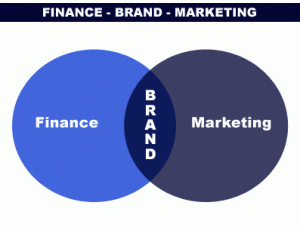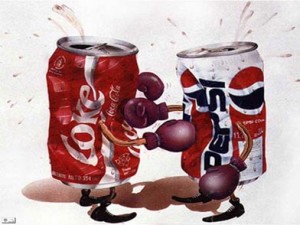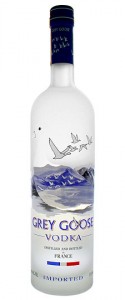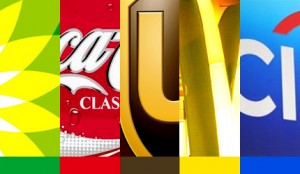Our last marketing class got me thinking about all the known and unknown marketing tactics that are out there. I think that finishing the course on an ethical note is very appropriate and can only be good for the future of marketing. As more and more sophisticated marketing strategies and tactics are being employed the need to consider ethical issues increases and as we saw in class, it is not so much a black and white, but most of the time, a gray area. Like Tamar said quite well in class, the key point here is about motivation and intention. Thus I think if we can use these two components as a base, it should make things easier in assessing marketing ethical issues. For example, in our “downsizing” story that was presented in class, while there is nothing illegal about reducing package size (as long as the weight is properly stated), the comments of the company’s PR person did not seem consistent or genuine. To state that the company shrank the package/portion of its product at the sole request of the consumer is only telling half of the story. If you do so while still charging the same price then it is quite obvious that your intention was and is to increase your margin or profit. The deception here would be to try to say otherwise, and this false intention is unethical.
In my opinion, company should realize that consumers are more and more well informed and will eventually figure out any deceptive marketing tactics. Do you really want to risk your brand equity over this? Ethical marketing is IMO needed for the successful implementation of value-based marketing. Therefore, in the long-term, ethical marketing is a condition for sustainable profitability. If companies were smarter, they would actually use this as an opportunity to differentiate themselves from other “unethical” or “ethically deficient” competitors, and build brand equity in the process.
Solution: I believe that as long as the motivation and intention of a company is to provide value to its customers then ethical issues will not be a major issue. This, ultimately will more than often translate into increased sales volume and profitability. Like the saying goes: “you can fool your customers once, but you can’t fool them twice.” Remember that the more “unethical” inclined your company is, the more room you make for your competitors to move in and act as “more ethical” and grab precious market share.
Dear Companies,
Wise up. Be ethical.
Sincerely,
Luke


















